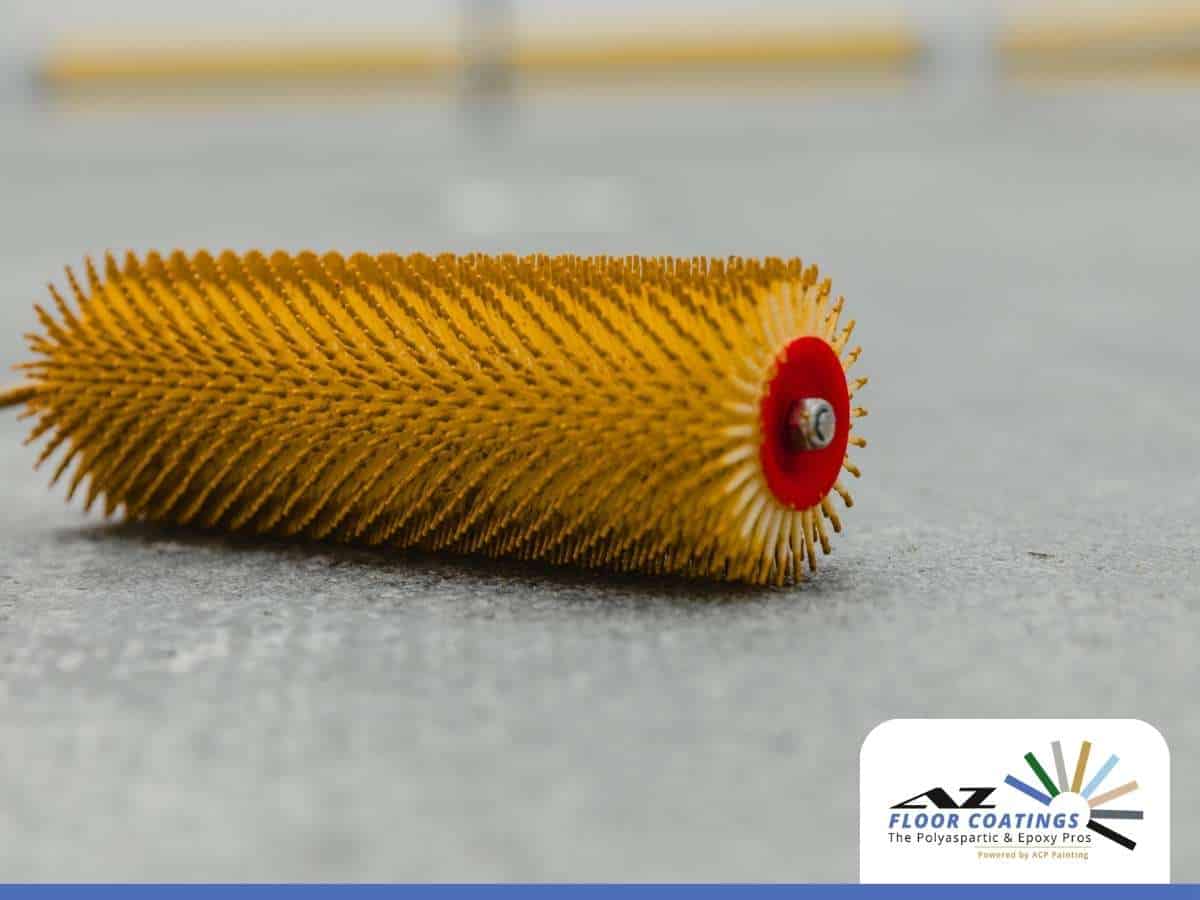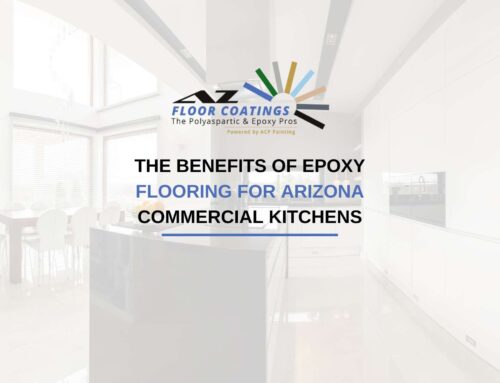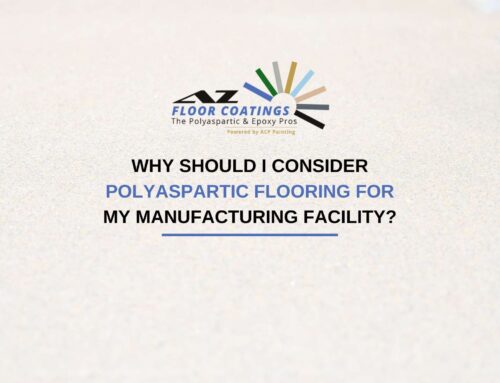Understanding Polyaspartic Coating Drying Times: A Comprehensive Guide
Polyaspartic coatings have gained popularity in floor finishes due to their impressive characteristics, including durability, chemical resistance, and a faster curing time compared to traditional coatings. However, the drying time of polyaspartic coatings can vary depending on several factors, including temperature, humidity, and application method.
If you’ve recently invested in a polyaspartic coating for your floors, you’re likely eager to know how long it takes to dry and when you can resume regular activities on the treated surface.
We’ll dive into the details of polyaspartic drying times, dissecting the various factors that impact this process and providing actionable tips for achieving the best possible results. By exploring the intricate details of polyaspartic drying, you’ll gain a deeper understanding of how to optimize this process and ensure a smooth, durable finish.

Exploring The Characteristics Of Polyaspartic Coatings
Before delving into drying times, it’s crucial to understand the nature of polyaspartic coatings. These coatings belong to the polyurea family, renowned for their rapid curing properties. The primary chemical reaction responsible for curing polyaspartic coatings is the reaction between an isocyanate and a polyaspartic ester.
- Chemical Composition: Polyaspartic coatings consist of a combination of an isocyanate resin and a polyaspartic ester. This unique chemical composition contributes to their quick-curing abilities.
- Advantages: The benefits of polyaspartic coatings extend beyond their fast cure times. They offer exceptional abrasion resistance, UV stability, and resistance to chemicals, making them a preferred choice for various applications, including garage floors, industrial spaces, and commercial settings.
Key Factors That Affect The Drying Time Of Polyaspartic Coatings
Several factors play a crucial role in determining how long it takes for a polyaspartic coating to dry. Understanding these factors will help you manage expectations and ensure the best results from your floor coating investment.
1. Temperature & Humidity Levels
- Impact on Cure Time: Polyaspartic coatings are sensitive to temperature and humidity. Warmer temperatures generally accelerate the curing process, while cooler temperatures may slow it down. Likewise, higher humidity can extend drying times.
- Optimal Conditions: To achieve the fastest drying times, applying polyaspartic coatings in moderate temperatures (between 70°F to 80°F) with low humidity levels is advisable. This ensures an ideal environment for the chemical reactions to take place efficiently.
2. Surface Preparation
- Crucial Step: Properly preparing the surface before applying polyaspartic coatings is critical. The surface should be clean, dry, and free of contaminants. Any imperfections or moisture on the surface can interfere with the curing process and prolong drying times.
- Mechanical Preparation: Mechanical preparation methods, such as shot blasting or diamond grinding, not only clean the surface but also enhance adhesion. This, in turn, can positively impact the curing and drying times of polyaspartic coatings.
3. Thickness Of The Coating
- Impact on Cure Time: The thickness of the applied polyaspartic coating can influence drying times. Thicker applications may require more time to cure completely.
- Manufacturer Guidelines: Adhering to the manufacturer’s recommended application thickness is crucial. Applying coatings too thinly may compromise performance, while overly thick applications can extend drying times.
Ensuring Long-Term Performance: Best Practices For Polyaspartic Coatings
While specific drying times can vary based on the factors mentioned above, there are general guidelines provided by manufacturers and industry experts.
- Usual Drying Time: In most cases, polyaspartic coatings are touch-dry within a few hours of application. However, the full cure may take longer—typically around 24 hours.
- Light Use: After 24 hours, the coated surface is usually ready for light use, such as walking or placing lightweight items. This is a testament to the rapid curing nature of polyaspartic coatings.
- Heavy Use: For heavy use, such as moving furniture or vehicles, it’s advisable to wait at least 48 hours or longer. While the surface may seem dry sooner, allowing extra time ensures that the coating has fully cured and hardened.
Choose AZ Floor Coatings For Expert Polyaspartic & Epoxy Floor Solutions
If you’re eager to expedite the drying process for your polyaspartic-coated surfaces, there are proactive measures you can take.
1. Optimal Application Conditions
- Plan Ahead: Check weather forecasts and choose a time for application when temperatures are moderate, and humidity is low. Planning can set the stage for optimal drying conditions.
- Temperature Control: If possible, control the temperature in the application area. This can be achieved through ventilation, air conditioning, or heating, depending on the ambient conditions.
2. Proper Surface Preparation
- Thorough Cleaning: Ensure the surface is thoroughly cleaned and free of dust, dirt, and any contaminants. This creates a conducive environment for the coating to bond and cure efficiently.
- Mechanical Preparation: Invest in mechanical surface preparation methods to enhance adhesion. While it adds an extra step, the benefits in terms of coating performance and drying times can be significant.
3. Thin & Even Applications
- Follow Guidelines: Stick to the manufacturer’s guidelines for application thickness. Applying the coating evenly and within the recommended thickness range contributes to faster drying times.
- Multiple Coats: If additional coats are necessary, allow each layer to dry before applying the next. This sequential approach ensures that each coat cures efficiently.
Maximizing The Performance Of Polyaspartic Coatings With AZ Floor Coatings
The drying time of polyaspartic coatings is influenced by a combination of factors, ranging from environmental conditions to surface preparation and application techniques. While polyaspartic coatings offer the advantage of faster curing compared to traditional options, it’s essential to be patient and allow sufficient time for the coating to fully cure.
By understanding the nuances of polyaspartic drying times and adopting best practices during application, you can maximize the performance and longevity of your floor coatings. Remember that patience pays off, and allowing the recommended curing time ensures that your polyaspartic-coated surfaces will withstand the test of time, providing durable and aesthetically pleasing results for years to come.
For a seamlessly gratifying experience and floors that endure the test of time, entrust your project to the adept professionals at AZ Floor Coatings. As the foremost specialists in Polyaspartic and Epoxy floor coatings in Arizona, we bring a wealth of experience and expertise to every project. Contact us for assistance and schedule a consultation to explore the possibilities for your space!
AZ Floor Coatings
19342 N Maricopa Rd
Maricopa, AZ 85139
Phone: (480) 764-3556
Email: [email protected]





